Owing to the fact that a large part of its userbase owns more than one Apple product, the company has been consistently adding continuity features to make the combined experience across its devices more seamless. Many features like Universal Control, Handoff, Sidecar, Continuity Markup, etc. have been added over the years.
One of the newest features in the continuity lineup in the Apple ecosystem is the Continuity Camera webcam. On the new iOS 16 and macOS Ventura, the continuity camera lets you use your iPhone as a webcam. Previously, you could only use the camera from your iPhone to scan documents or take pictures for your Mac.
How Does the Continuity Camera Work?
It uses the rear cameras on our iPhones as a webcam for the Mac for video calls. And given that the rear camera on our iPhone is probably one of the best cameras most of us own, it is a great feature to have in the era of remote meetings. You can use it in any video conferencing app like FaceTime, Microsoft Teams, Zoom, Google Meet, etc.
The implementation of the feature is impressive as well. Your Mac can automatically detect when your iPhone is near and use it as the webcam in video calls. For instance, if you open FaceTime on your Mac, it’ll automatically pick your iPhone as the webcam if they’re in proximity. You don’t even have to bat an eyelash to set anything up. The feature works completely wirelessly given that both your iPhone and Mac have Bluetooth and Wi-Fi enabled and are signed into the same Apple ID.
We have a separate guide for using the Continuity Camera here.
But if you’re not too keen on using your iPhone as a webcam for your Mac, the whole setup can be less than ideal. Since your iPhone becomes unusable as soon as it’s connected to your Mac, it can be a headache if it keeps getting connected to the Mac even when you don’t want it to. Fortunately, you can easily disable the feature from your iPhone. The option to enable/ disable the feature is only available on the iPhone and not on the Mac.
Disabling the Continuity Camera
You can completely disable the continuity camera from the settings of your iPhone. Open the Settings app on your iPhone.
Then, scroll down and tap the option for ‘General’.

In General settings, tap ‘AirPlay & Handoff’.
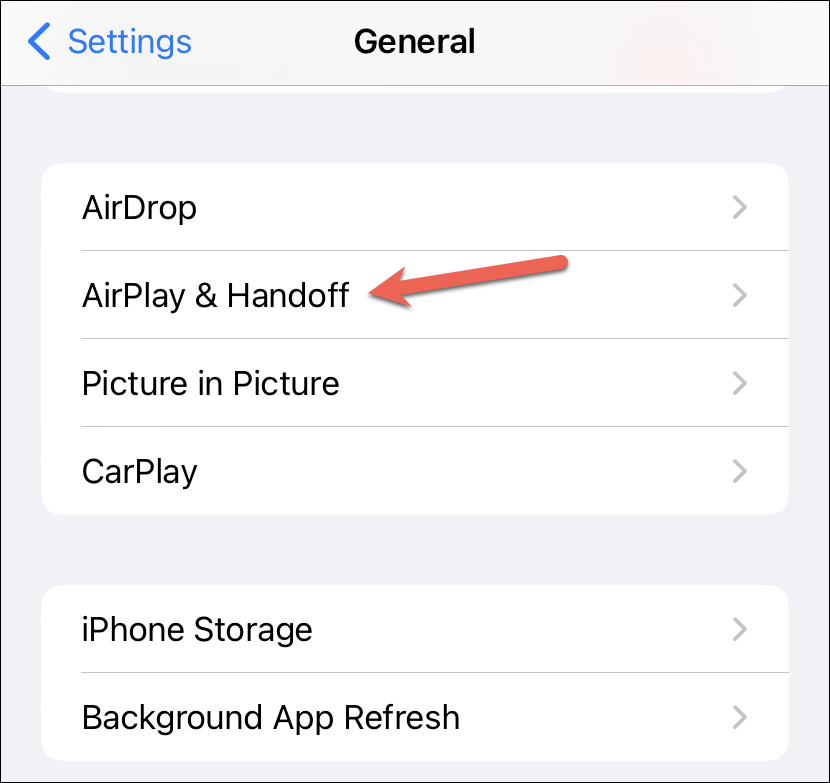
Then, turn off the toggle for ‘Continuity Camera Webcam’ from the options on the screen.

When you do decide you want to enable the feature again, simply turn on the toggle by navigating to the same screen.
Close the Continuity App Instead
If disabling the continuity camera is too drastic for you and you only want to stop using your iPhone as the webcam for the current session, you can close the continuity app from the app switcher instead.
You’ll see the Continuity app on your iPhone screen that says “Connected to [Mac’s name]” with the ‘Disconnect’ button beneath it. Although there is no such app on your iPhone at normal times, it will appear in the app switcher while your Mac is using your iPhone as the webcam.
Note: If you tap the ‘Disconnect’ button from your iPhone screen, it’ll remove your iPhone from the external camera list on your Mac. To use it again, you’ll have to go into AirPlay & Handoff settings and toggle the switch for ‘Continuity Camera webcam’ off and on to add it again.
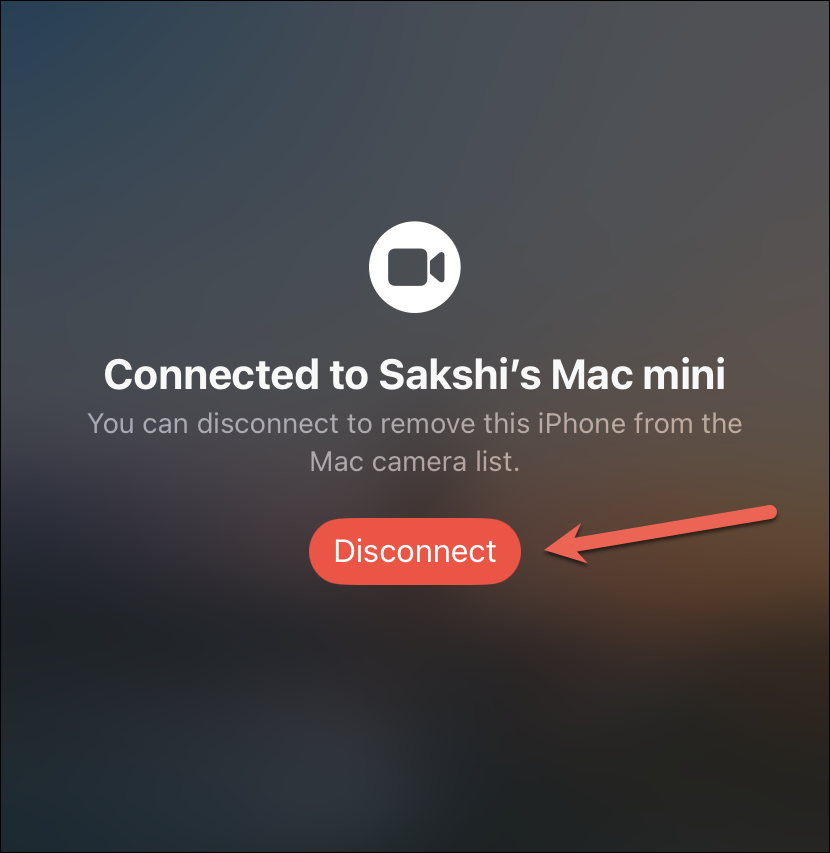
To access the app switcher on iPhone XR or above, swipe up from the bottom of the screen and pause for a moment until the open apps appear. Then, lift your finger from the screen and the app switcher will open. You’ll find the Continuity app there. Swipe up on it to close it.
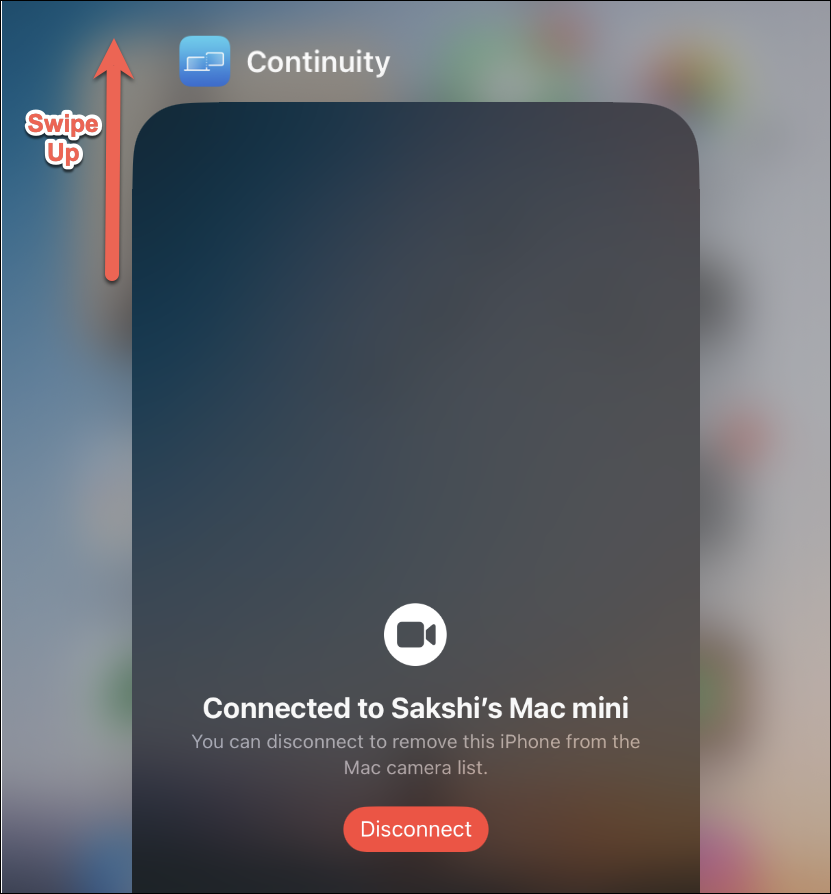
It’ll disconnect the iPhone as the webcam only for the current session. To use it again in the future, you only have to switch to it from the list of external webcams on your Mac.
While the continuity camera webcam is a great feature, it can be too disruptive at times. Fortunately, Apple has given its users a lot of control over the feature. And if you find that disabling it works better for you, you can do so easily.

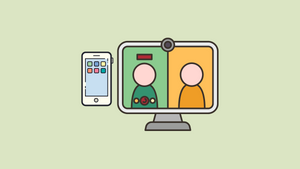




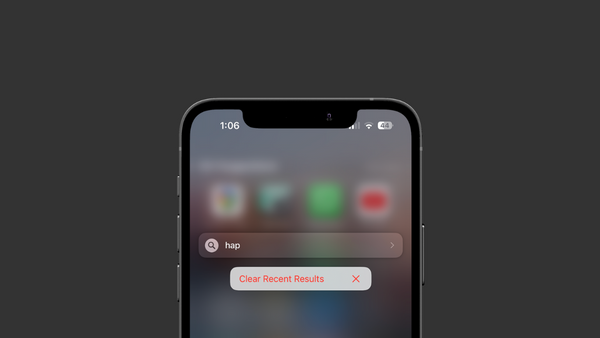


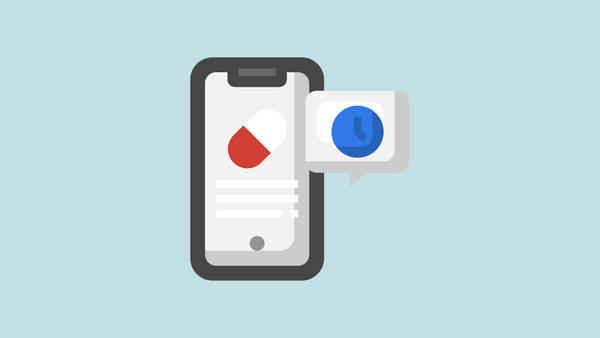
Member discussion